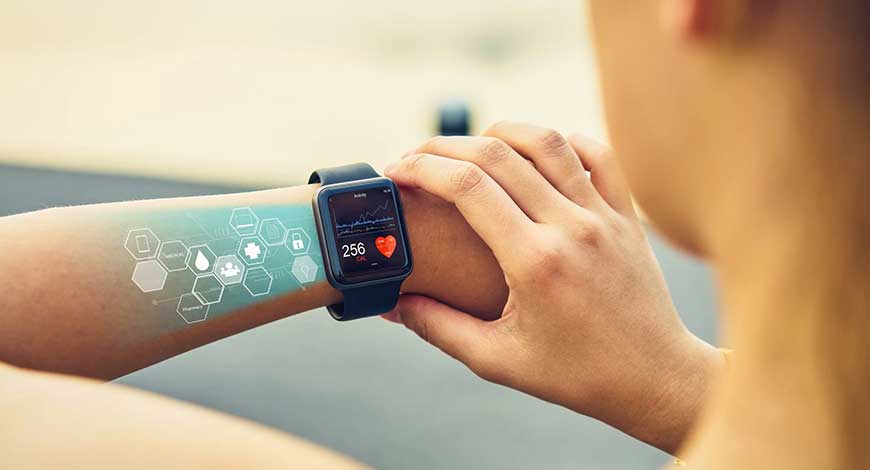Trends
Wearable medical devices market to reach USD 210B by 2031

The wearable medical devices market was valued at USD 33.8 Billion in 2023, and is expected to reach market valuation to a staggering USD 210.66 billion by 2031, reflecting a robust compound annual growth rate (CAGR) of 25.7% throughout the forecast period (2024-2031) and is poised for significant growth, driven by the escalating prevalence of chronic diseases and a growing emphasis on preventive healthcare solutions.
Wearable tech revolutionizing healthcare “RPM, personalized care, and chronic disease management fuel market growth”
The wearable medical device market is thriving due to a confluence of factors. The anticipated surge in remote patient monitoring (RPM) and home healthcare solutions is a key driver. Additionally, a growing focus on fitness and healthy lifestyles is fueling consumer demand for these innovative technologies. Advancements in technology, a rise in mergers and acquisitions, an increase in clinical trials, and growing awareness of personal health monitoring are creating a plethora of exciting opportunities within the market.
This trend is further amplified by the rising burden of chronic illnesses like diabetes and hypertension. These conditions, often linked to sedentary lifestyles, necessitate continuous monitoring of physiological parameters. Wearable medical devices empower seamless integration of healthcare data, enabling real-time physician access and minimizing errors. The alarming rise in mortality rates from non-communicable diseases underscores the need for personalized monitoring and interventions, propelling the demand for wearable medical devices.
A dynamic landscape of innovation and collaboration
The wearable medical device market is characterized by its high growth stage and accelerating pace of innovation. The industry exhibits a dynamic landscape fueled by advancements in technology, with devices offering enhanced monitoring, diagnostics, and treatment capabilities. The market is highly competitive, evident in the diverse product portfolios and strategic collaborations undertaken by players.
Key strategies implemented by market participants include new product launches, regulatory approvals, acquisitions, partnerships, and other initiatives.
How geopolitical tensions and economic slowdown may impact the wearable medical device market?
The wearable medical device market, while promising long-term growth due to rising chronic diseases and a focus on preventive healthcare, faces potential headwinds in the short term. The ongoing Russia-Ukraine war disrupts supply chains for electronic components and raw materials, leading to production delays and price hikes. Additionally, diverted resources and investments in some countries due to the war may slow down adoption of these technologies. An economic slowdown could further dampen market growth as consumer spending on non-essential items and healthcare budgets tighten. However, advancements in technology and the development of more affordable wearable medical devices are expected to mitigate these challenges in the long run.
A global market with flourishing regional hubs
North America accounted for the largest revenue share in 2023, primarily driven by the growing prevalence of cardiovascular disorders, diabetes, and cancer within the region. High adoption rates of remote patient monitoring and home care devices for regular, continuous, and long-term patient monitoring, with the aim of reducing hospital visit frequency, are anticipated to fuel market growth over the forecast period.
The Asia Pacific market is expected to witness exponential growth over the forecast period. Significant factors propelling market growth in this region include favorable government initiatives for the use of wearable medical devices, an expanding geriatric population base, and increasing healthcare expenditure The remote patient monitoring devices market in the Asia Pacific region was dominated by Japan in 2023. In view of rapid advances in technology and the growing need for home care devices and 24-hour monitoring, this dominance is projected to continue during the forecast period. Furthermore, Japan contributes to market growth in the region by placing a high value on health, beauty products and all consumables for humans. SNS Insider














